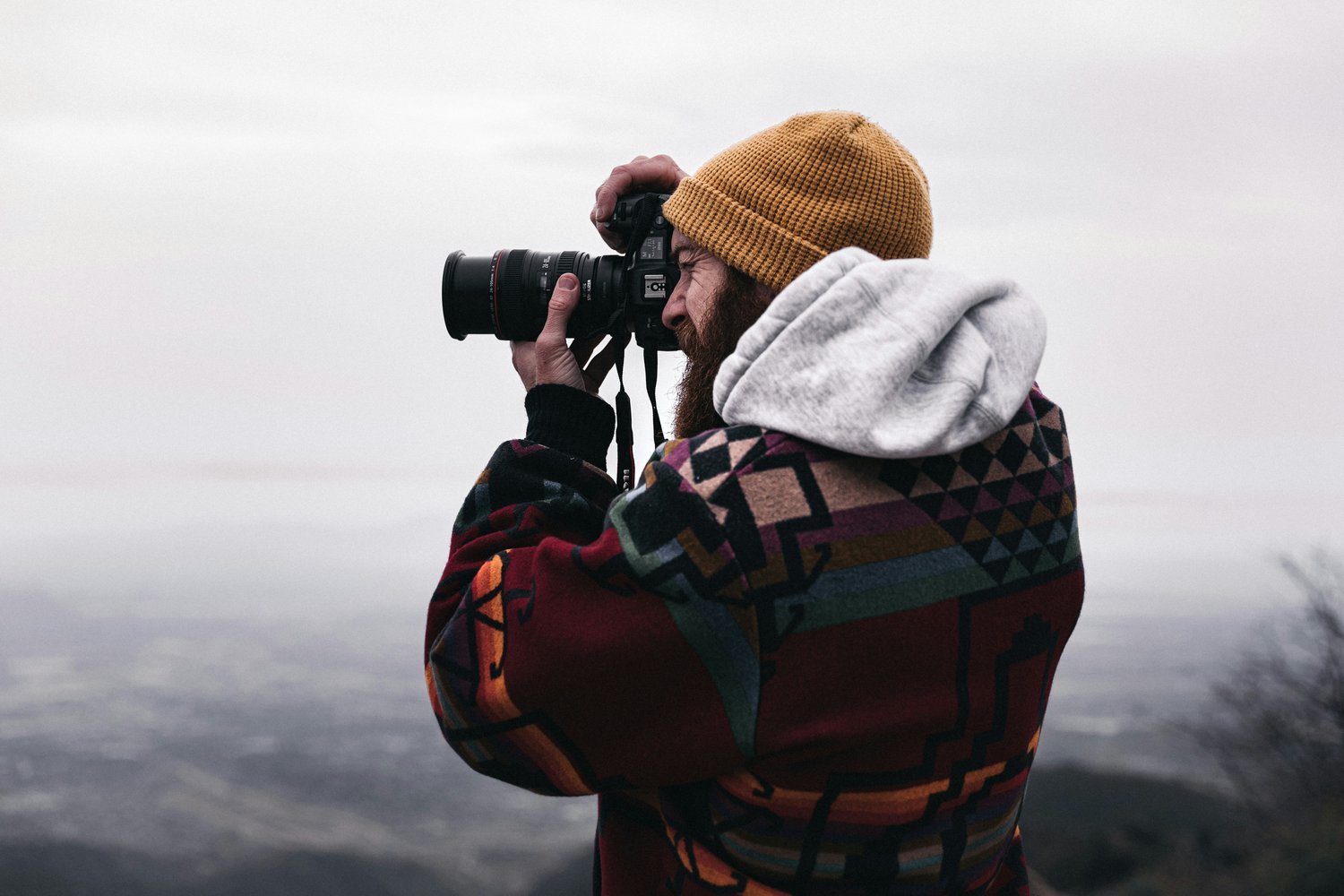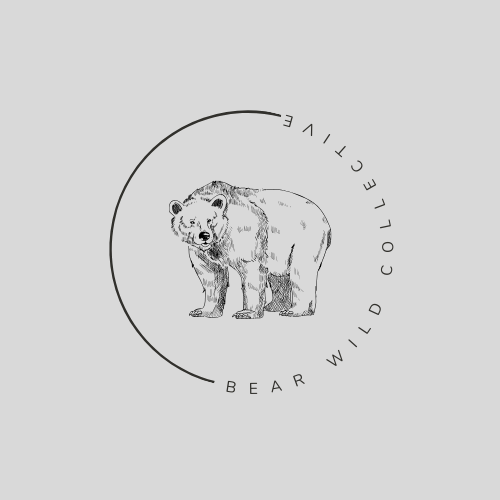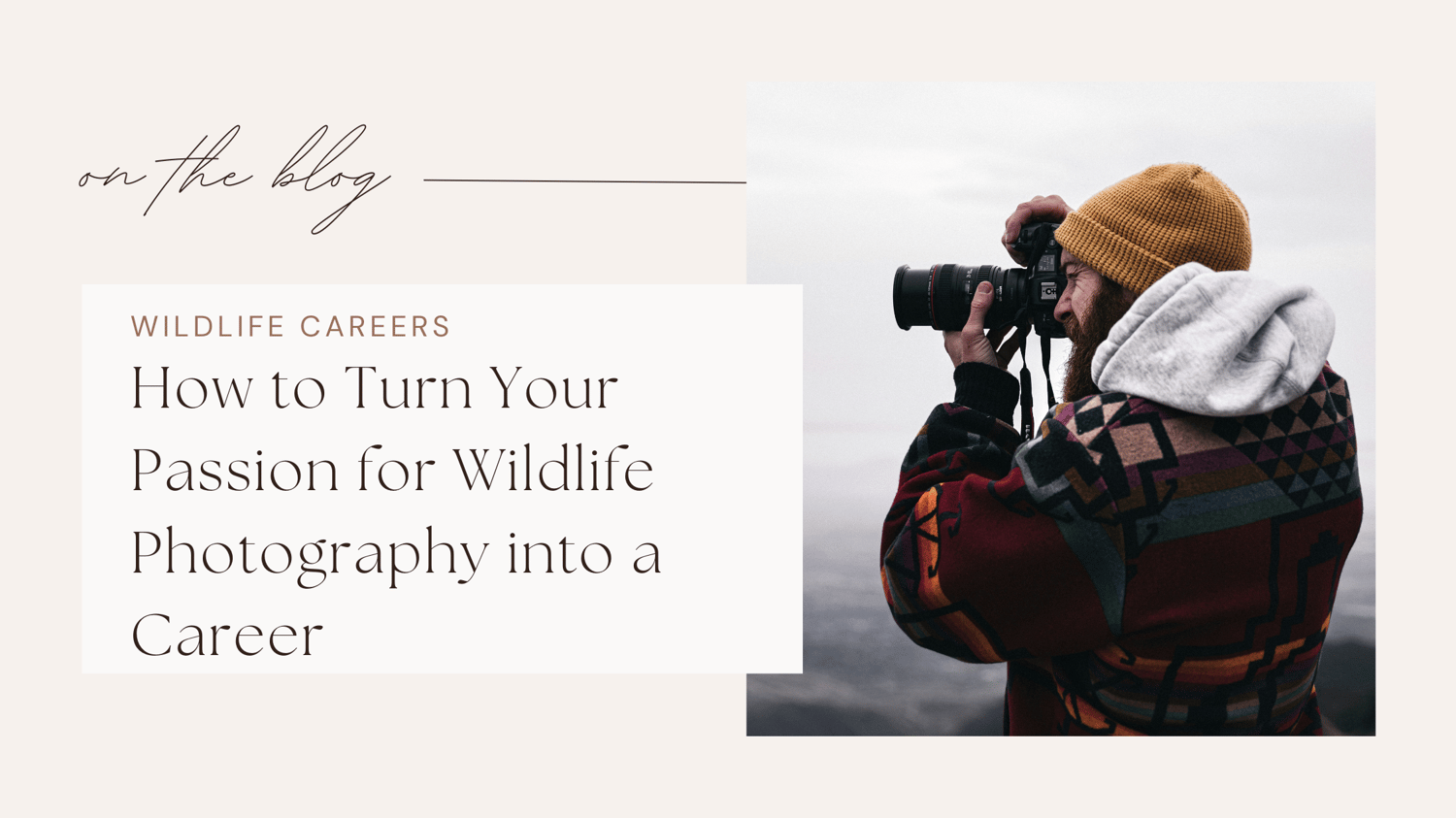Wildlife photography is more than just capturing stunning images of animals in their natural habitats—it’s a powerful tool for conservation and wildlife protection. By combining artistic talent with a passion for wildlife, photographers can help document biodiversity, raise awareness, and inspire action to protect ecosystems. If you’re passionate about wildlife photography and want to turn it into a career, here are some pathways to explore.
For more info about the huge range of skills and organisations across the wildlife sector see our Wildlife Career Accelerator and Wildlife Work Directory.

[Credit Jakob Owens]
Contributing to Awareness Campaigns
Wildlife photography plays a crucial role in raising public awareness about environmental issues. Photographers can work with advocacy groups to create visually impactful campaigns that highlight threats such as habitat destruction, poaching, or climate change. These images can spark public interest, influence policy, and encourage donations.
How to Get Started: Collaborate with NGOs or grassroots initiatives that focus on wildlife conservation. Offer your photography services for social media campaigns or educational materials to help amplify their message.
Documenting Wildlife for Conservation Organisations
Many conservation organizations rely on wildlife photographers to document their work. Nonprofits, research institutions, and governmental agencies need compelling images for reports, campaigns, and publications. Working with these organisations allows photographers to contribute directly to conservation efforts by showcasing endangered species, habitat restoration projects, or field research in action.
How to Get Started: Volunteer your skills with local conservation groups or participate in photo contests run by wildlife organisations. Building a portfolio that aligns with conservation goals can open doors to paid opportunities and gives you change to develop your skills along the way.
Publishing and Freelancing
Wildlife photographers can pursue careers as freelance photojournalists, contributing to magazines, websites, and books. Publications like National Geographic, BBC Wildlife, or scientific journals often feature stories that require high-quality wildlife imagery. Building relationships with editors and pitching story ideas related to wildlife and conservation can lead to regular assignments.
How to Get Started: Submit your best work to online platforms or stock photo agencies. Start a blog or website to showcase your photography and stories about wildlife encounters. A great example of this is award winning film maker Roxy the Zoologist, who built her freelance photography and film making career around her passion for wildlife.
Selling Prints and Hosting Exhibitions
Turning your wildlife images into prints, calendars, or photo books can provide a source of income while promoting conservation. Hosting exhibitions or collaborating with galleries can also raise funds for wildlife causes.
How to Get Started: Partner with conservation-focused galleries or organize your own pop-up exhibits. Promote your work through social media and platforms like Etsy to reach a wider audience. A great example would be James Cook, a video content creator who records his pursuit of rare wildlife around the UK, who creates and sells his own merchandise.
Leading Wildlife Photography Tours and Workshops
As an experienced wildlife photographer, you can share your skills by organising photography tours or workshops. These events allow aspiring photographers to improve their craft while learning about wildlife and conservation.
How to Get Started: Partner with eco-tourism companies or conservation groups to design workshops in wildlife-rich areas.
Turning your passion for wildlife photography into a career requires creativity, persistence, and a commitment to conservation. By documenting wildlife, raising awareness, and inspiring action, you can make a meaningful impact while doing what you love.



